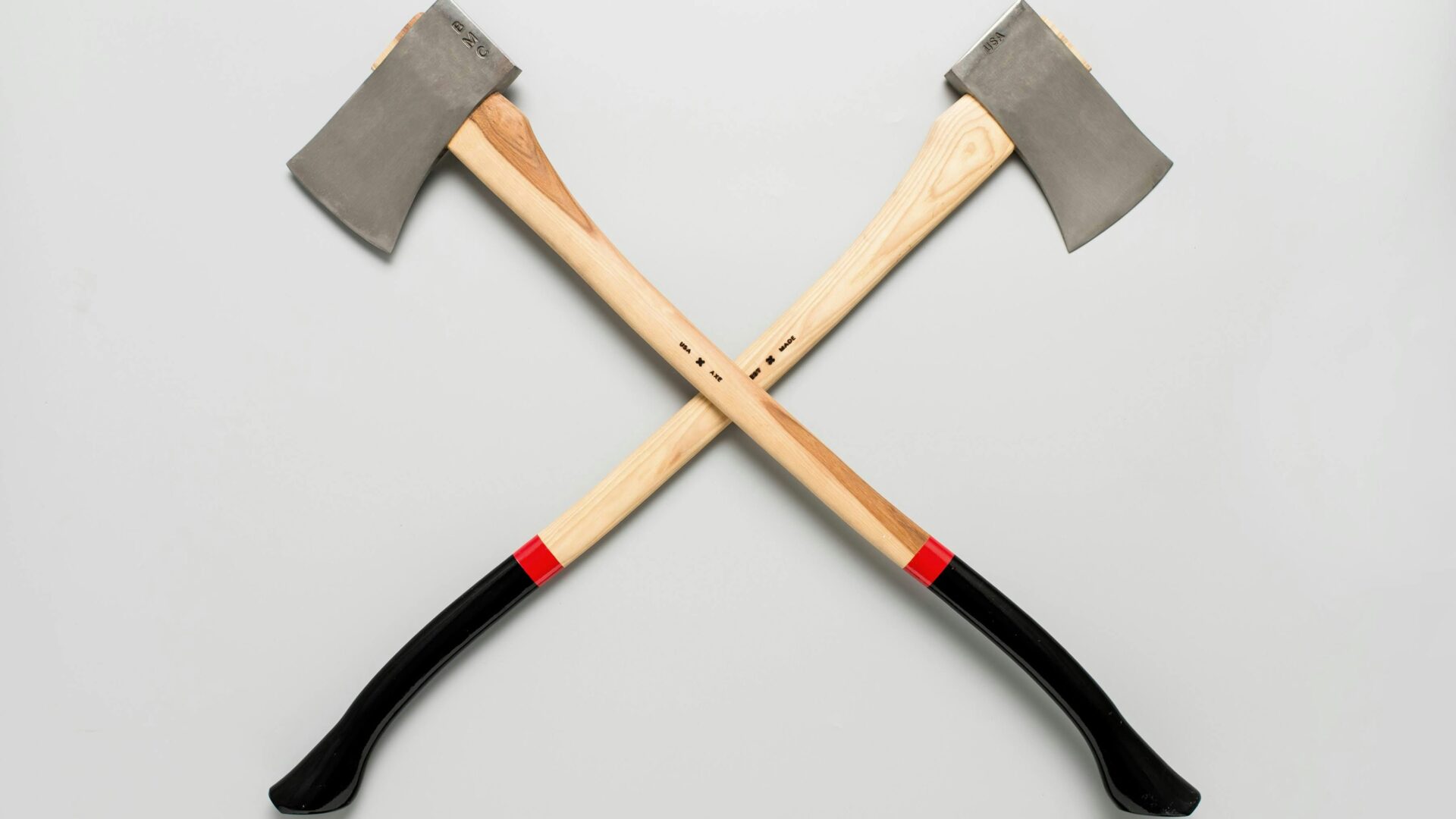
It is a phrase to strike fear and dread into the heart of any designer – whisper it quietly – value engineering. As an abstract principle, it makes perfect sense. If you define value as the ratio of functionality against price, then why would you want to do other than to maximise this? As a practice, it started in World War Two, when resources – money, materials and labour – were scarce. Again, completely logical. So, what’s the problem?
Well, part of the difficulty is that to be effective, value engineering is based on a series of assumptions. Those assumptions become a sort of ‘truth’, often self-fulfilling. For example, if an assumption is made about how long a product needs (or is expected) to last, then the components will be value engineered to last that long. There is no point in having some expensive components that last, say twenty years, if the rest of the product only lasts five or ten years. The issue here is that this becomes a self-fulfilling prophecy – the product lasts five years, because it is only designed to last that long – this is called built-in obsolescence. It is uneconomic to replace the individual components, so the whole product is discarded. An example in landscape might be that using 2mm steel instead of 3mm or 5mm is cheaper, but will corrode in five years instead of fifteen or twenty years. For edging this may not be a problem, but for planters it could be much more problematic.
And then there is the issue of how ‘functionality’ is defined in a garden. For individual products (like the steel planters above) it may be easy. For other things, it is more difficult. How much depth of soil is enough? How big should plants be, and how densely should they be planted?
I first came across value engineering (as a term and as a practice) about twenty years ago, but by the time the 2008-11 recession had started to really bite, it had become commonplace in the construction industry. Instead of being a positive thing, it soon became an exercise to cut cost – any focus on functionality was largely ignored, or weighed up and traded. This was neatly put by the Grenfell Enquiry:
In theory, “value engineering” involves making changes to the design or specification that reduce cost without sacrificing performance, but in our view it is in practice little more than a euphemism for reducing cost, because substituting a cheaper product for a more expensive one or altering the design or scope of the work in a way that reduces cost almost invariably involves a compromise of some kind, whether in content, performance or appearance.1
So, the question hangs – is it possible to carry out value engineering and not fall into these traps? To some extent, the answer is yes.
The primary thing to bear in mind is that there is a sliding scale, with sensible limits to what can be achieved. I usually advise clients that it is possible to save around 10% of the cost of a project relatively easily. If the client is prepared to be flexible on say, materials choices, minor tweaks in specification will not significantly affect functionality. Sometimes in doing so, the carbon footprint and sustainability are improved – something to bear in mind. Less irrigation and lighting for example.
Beyond this initial 10%, it becomes more difficult, and we really are entering ‘cost-cutting’ territory rather than value engineering. Even so, it is generally possible to find a further 10-15% (so a total of 20-25%) in savings. This is usually done in three ways – firstly cutting things out. Again, this is almost always good for sustainability. That list the client gave you at the beginning – outdoor kitchen, hot tub, etc? – they are expensive and easy to lose. They can be added later but frankly, people often get used to living with a scheme as it is. Secondly, make the expensive things smaller – smaller paved areas, less lighting, and so on. Finally, cheaper materials – thinner stone, gravel instead of hard paving in some areas, cheaper light fittings, etcetera. This last list is where you get into dangerous wasters. Cheaper light fittings are a false economy – they don’t last long. Softwood instead of Kebony or Thermo-wood is not worth it. But beware – beyond this 20-25% limit, further cuts mean that the resulting scheme won’t bear much resemblance to what you designed, so you might as well go back to the drawing board and start again.
As a rule, the best results can be gained by collaborating closely with other specialists – engineers, architects, and skilled trade contractors (joiners for example) to seek a joined-up approach. We have learnt over many years that it rarely pays to cut the planting budget. It is the one thing that clients like to see at the end of a project. And in any case, the savings to be made on planting are usually minimal and not worth the squeeze.
So although I dread the ‘VE meetings’ that inevitably come, with private clients at least it is often a way to trim some excess from the brief and improve the sustainability of a project. Just don’t get carried away!
[First published as an article in the Garden Design Journal, 2025]. Picture credit Unsplash/Brands and People
1 Grenfell Tower Inquiry: Phase 2 Report (Report). Vol. 4. 4 September 2024. ISBN 978-1-5286-5080-9.